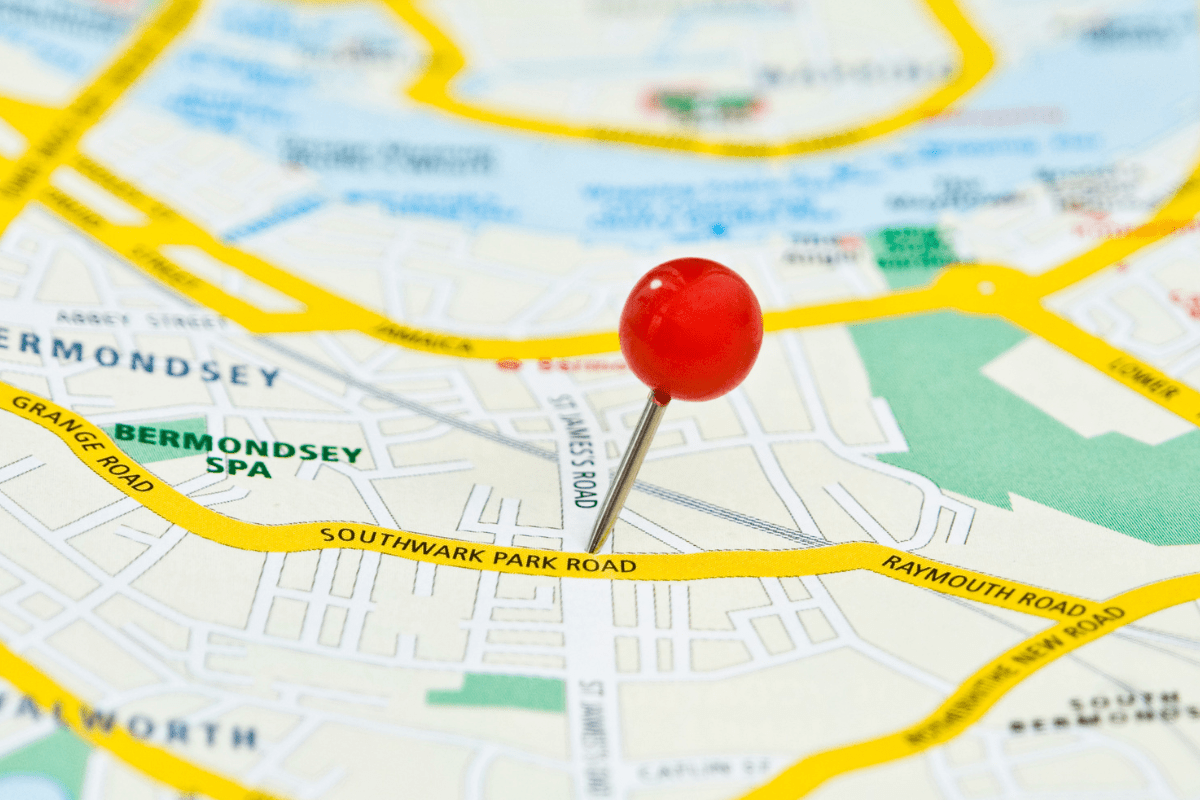Philip Paxson was driving his Jeep Gladiator back home in Hickory, NC after his daughter’s ninth birthday party on September 30, 2022. Google Maps was allegedly directing him to cross a bridge to make it back home. One problem: the bridge had collapsed nine years prior and never repaired. Paxon drove off the bridge and into Snow Creek. Paxon subsequently drowned.
Paxon’s estate is suing several private property management companies for not maintaining the bridge or the adjoining land, as well as Google for its negligence in maintaining the map. Multiple people had allegedly notified Google Maps about the collapse for years prior to Paxon’s death. The lawsuit includes several emails from Hickory residents who had suggested that the map be updated to alert drivers to the collapsed bridge. A November 2020 email confirmation from Google confirms the company’s receipt of the email. Paxon’s estate alleges that Google took no further action in the years between the confirmation and Paxon’s tragic accident.


Drivers are generally expected to pay attention to the conditions of the road. While digital applications like Google Maps are useful tools, it is ultimately up to the driver to assess whether the road is dangerous. Drivers generally cannot blame a tool for their own failure to assess the conditions of the road.
Google Maps is only a tool that only assists a driver and is not a substitute for due diligence. The fact that the tools are now high tech or digital doesn’t change the driver’s responsibilities. If a driver relies on a paper map, they would still be required to pay attention to their surroundings instead of simply relying on the map.
Moreover, there are many obstacles that Google may not catch no matter how much real time information it may acquire. If a driver runs a red light or a stop sign, no police officer or traffic court judge would accept “Google Maps didn’t show it” as a legitimate excuse. Likewise, drivers cannot blame Google Maps if they hit a dog or a child.
Of course, Google had allegedly neglected to maintain their map despite receiving notice from local residents. Google should have updated their map based on the notifications they were receiving. However, this doesn’t change the fact that the driver’s own eyes are the primary tool they should be relying on.
Appropriated Fault
Different states have different ways of dividing fault. Some states, like California, use comparative fault. Plaintiffs recover their damages, minus the percentage of fault they are responsible for. If a jury finds that the driver is 50% at fault and Google is 50% at fault, then the driver will only recover half of their damages. If a jury finds that the driver is 90% at fault, then the driver will only receive 10% of their total damages.
However, North Carolina is a pure contributory negligence state, one of only five jurisdictions in America, along with Alabama, Maryland, Virginia, and Washington, D.C. If the driver is found to be at fault, they will be barred from recovering anything from a defendant. This means that if a driver is even 1% at fault, they will not awarded any damages, regardless of any defendant’s liability.
Do I Need the Help of a Personal Injury Attorney?
If you have sustained a personal injury through the unlawful act of another, then you should contact a personal injury attorney. A skilled personal injury lawyer near you can review the facts of your case, go over your rights and options, and represent you at hearings and in court.
